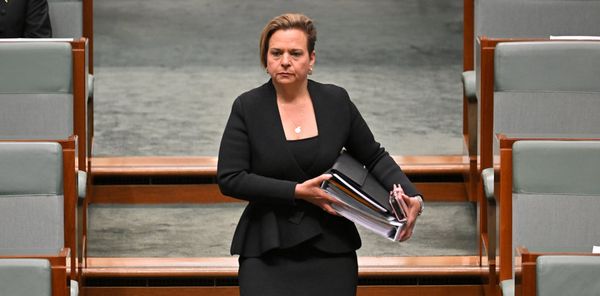After months of speculation as to when and where the Ukrainian counter-offensive against Russia would begin, Ukrainian President Volodymyr Zelenskyy finally stated on June 10 that the offensive had begun. It must be assumed that the lack of fanfare attending this event was because the assault until then had not proved as successful as anticipated. While United States National Security Adviser Jake Sullivan is no doubt correct that ‘this is a story that continues to be written day by day’, Ukrainian losses are presumed heavy in men and material as Kiev probed for weakness in the Russian defence lines stretching 1,000 kilometres in the east and south east of Ukraine. Both sides acknowledge that fighting was intense, especially as Ukraine’s initial efforts were to drive through Russian positions to reach the Sea of Azov and deprive Russia of its land access to Crimea. It can be assumed that this strategy had been anticipated by the Russian side.
How Ukraine and Russia stack up
Ukraine has assembled large quantities of North Atlantic Treaty Organization (NATO)-supplied weaponry and a great number of its troops for the offensive, and much of these are already committed in battle. Losses on both sides are confirmed in both capitals. After six weeks of fighting it appears that the bravado in the western media about the counter-offensive has diminished to a point where it is rarely discussed.
Kiev evidently does not have the air supremacy against Russian defences that can facilitate advances on the ground, and the revolt against Russian military commanders by the para-military mercenary Wagner Group under the renegade, Yevgeny Prigozhin, which was a huge embarrassment for the Kremlin, has not delivered the advantage anticipated by Ukraine on the front lines.
The second major Ukrainian thrust seems to be in the Bakhmut region to negate the Russian gains of earlier months. This enterprise seems to be meeting some success, though it is slow and localised. The Ukrainian recapture last year of Kharkiv and Kherson along with significant territory might be harder to replicate now, since in those sectors the Russians chose to withdraw in the face of Ukrainian attacks, but they are now dug in with heavily mined forward positions and holding their ground. The Russian army is stronger in numbers than previously, has prepared defence in depth, strengthened its supply routes and seems better prepared to deal with the counter attacks. Russian equipment, derided by the West as antiquated, has been put to effective use.
The Russians seem to have adapted to the changed nature of the war and the population seems ready for a protracted engagement since NATO, with its backing of Ukraine ‘for as long as it takes’, appears to envisage a total Russian defeat and evacuation of all Ukrainian territory. The Russians have certainly suffered losses of manpower, and elections which were due to be held in Russian-occupied Ukraine have been postponed to next year, but Ukraine also does not have unlimited human resources and its losses will be hard to replace.
The huge leak of Pentagon files last April revealed the presence of American, British and other NATO fighters in Ukraine but the numbers are still small. While President Zelenskyy continues insatiably to appeal for weapons from anyone who cares to listen, doubts arise as to whether the additional resources that NATO is able to prove will prove decisive.
A truce seems distant
Prospects for a negotiated end to the war are receding until after the American presidential election next year, since United States President Joe Biden, like most European leaders, has invested massive political capital in a Russian defeat. But there is a greater likelihood of escalation. Because the Kiev counter-offensive is stalling, Ukraine’s forces are running short of ammunition and NATO cannot provide it in the quantity needed, Washington has announced, against strong objections of human rights advocates and the United Nations Secretary-General, that it will supply Ukraine with controversial cluster munitions, which are tiny bomblets from a rocket, missile or artillery shell that scatters them in mid-flight. They explode over a wide area on impact but a significant proportion do not, and explode only on being handled or trodden upon.
More than 120 countries, including most NATO members, have signed the Convention on Cluster Munitions that outlaws these weapons due to the threat caused to non-combatants. The U.S. has not signed the treaty; nor have Russia and Ukraine which have both used cluster munitions in the war.
In Ukraine, where 9,000 civilians are estimated killed and over six million made refugees, the question of additional threats to civilian life may seem moot, but the U.S. would not wish to be judged by the same ethical yardstick as Ukraine and Russia. That Washington is willing to take that risk is a reflection of how badly the Ukrainian counter-offensive is faring.
Krishnan Srinivasan is a former Foreign Secretary







